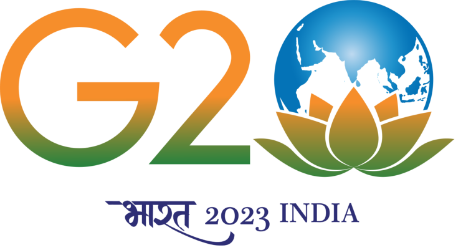
Physics XII Part-II
The units in this book provide motivation to learners to move towards intricate concepts of Physics. The nature of research and demand to know more has led to continuous and deeper understanding of reasons behind observed phenomenon. The course has 5 units spread over 43 modules. We start with optics and study it under ray optics, kind of macroscopic view of light and its interaction with objects around us. Wave optics, which proposes a microscopic explanation of the phenomenon of interference, diffraction and polarization. These cannot be explained using ray optics. The unit on dual nature of radiation and matter will present a unique view. The continuous and path breaking studies in quantum mechanics can be understood only if we understand initial scientific work which is in the unit of atoms and nuclei. Surrounded by electronics and technology, one will appreciate the unit on semiconductors and electronic devises. The unit is challenging as many new ideas will come up in the course. likewise, the unit on communication will seem very basic, as there is fast scientific development in this field. The course does not demand high level of mathematics however, you will need to be regular as connections between various segments require deeper study and higher order thinking.
There are 5 units in this course
- Optics
- Dual nature of radiation and matter
- Atoms and nuclei
- Electronic devices
- Communication systems
The aim and design of the course is to develop a deeper understanding of different concepts in Physics. As you work through the course, you will find lecture videos, e-text, suggestions for problem solving methods, animations, practice questions, study guides. Assignments and Tests are provided to keep track of your achievements. This course is divided into 42 modules for better understanding.








